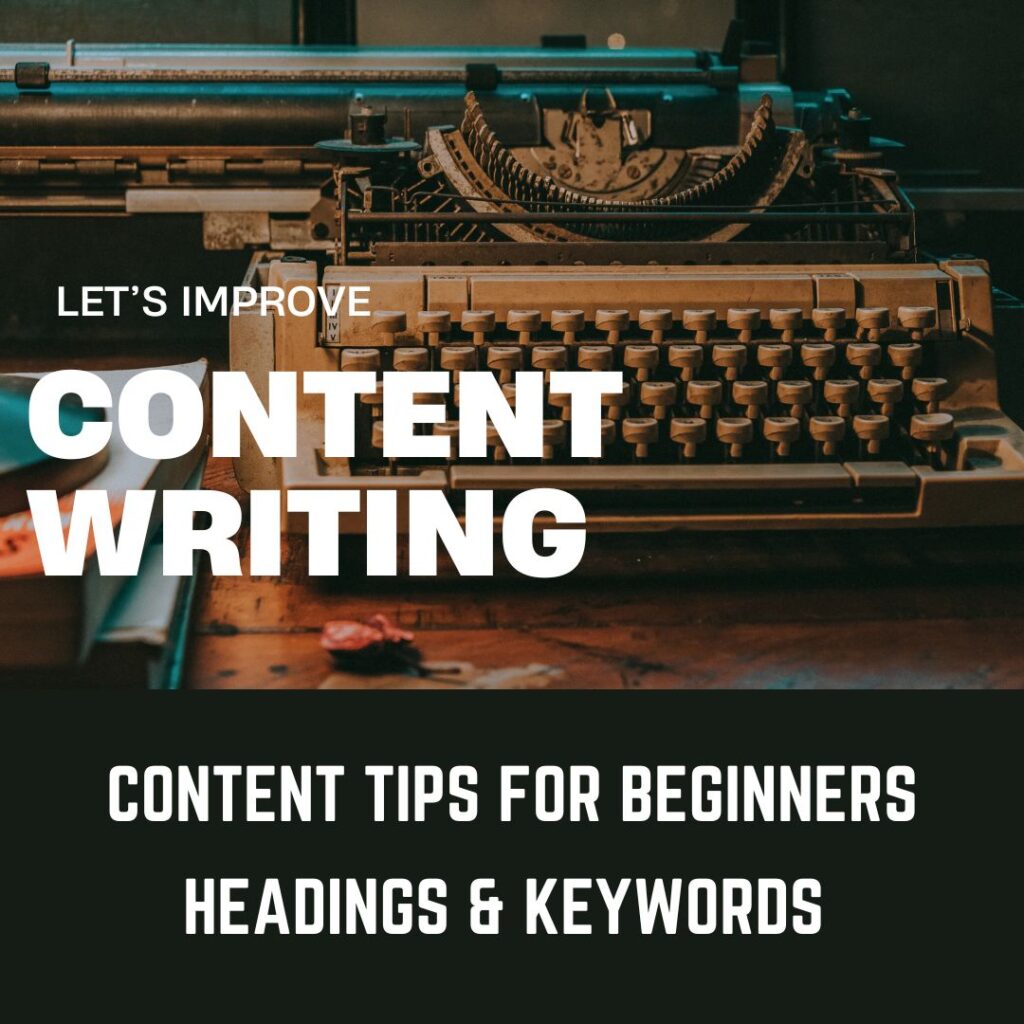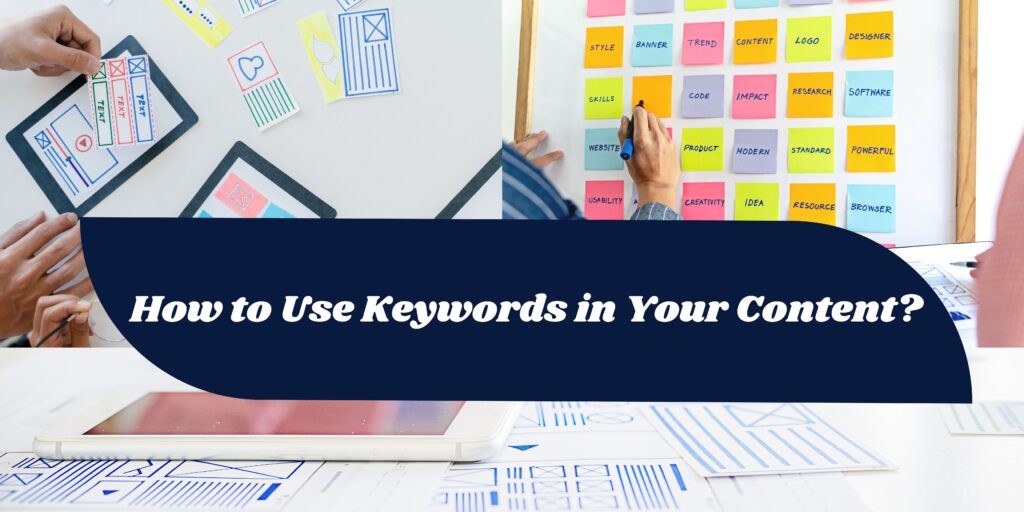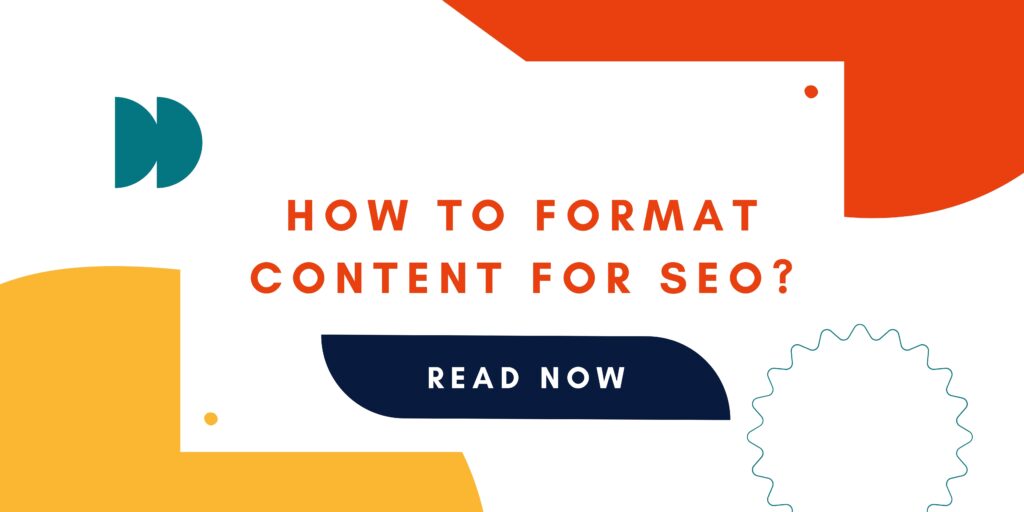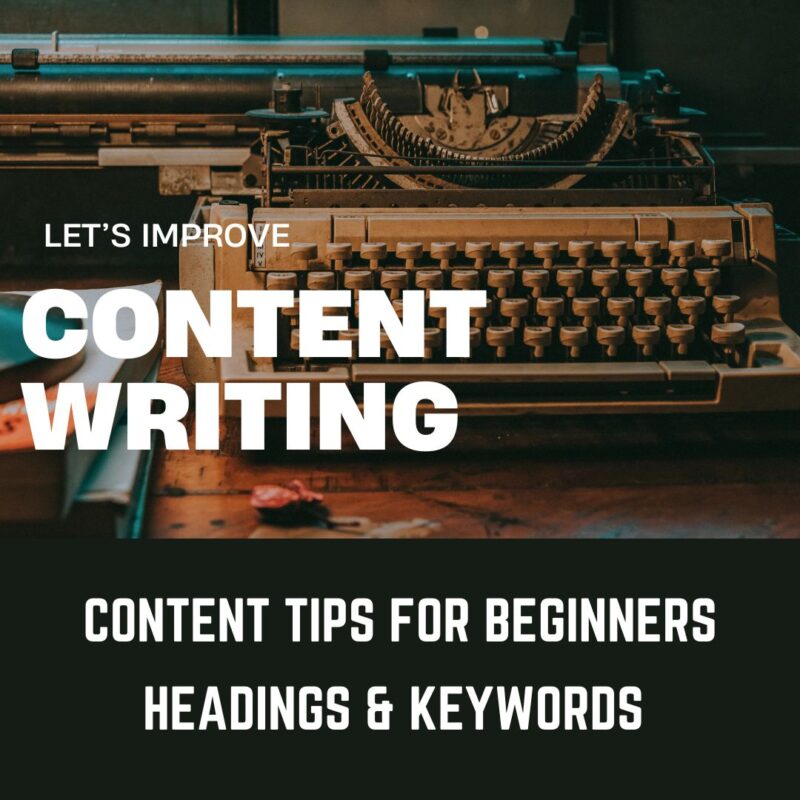If you’re new to content writing or just trying to improve your skills, one thing you can’t overlook is content formatting. It’s not just about making your page look good—it’s also about making sure people (and search engines like Google) can easily read and understand your content. In this post, I’m going to show you the basics of content formatting, focusing on headings and keywords, and how they can help your content get noticed.

Why Content Formatting Matters?
Formatting isn’t just about making your content visually appealing (though that’s part of it). The way you organize your content also affects how easy it is to read and how likely it is to show up in search results.

Making It Easy for Readers
People don’t usually read every word when they browse the web. They tend to scan content instead. So, if your content is well-organized, it’s easier for readers to find the info they want. Clear headings, short paragraphs, and bullet points all help make your content easier to skim. If readers can find what they need quickly, they’ll stick around longer—and that’s a win for both you and search engines.
Helping Search Engines Understand Your Content
Search engines, like Google, want to deliver the best content to their users. They use algorithms to figure out what your page is about. If your content is organized well, it will make it easier for Google to understand and rank it. This is where things like headings and keywords come into play. Proper formatting helps both users and search engines get to the point faster.
Understanding Headings: Your Content’s Roadmap
Headings are like the road signs of your content—they help guide both readers and search engines through your article. Let’s break down how they work:
What Are Headings?
Headings are simply the titles you use for different sections of your content. There are different levels of headings:
- H1: This is your main title. There should be only one H1 per page, and it should sum up the overall topic.
- H2: These are the main sections in your content. Think of them as the big chunks of info you’re talking about.
- H3: These are the smaller sections under the H2 headings. They dive deeper into specific parts of a topic.
Why Do Headings Matter for SEO?
Headings are super important for SEO because they help search engines understand what your content is about. If you use headings correctly, search engines can easily crawl and index your content, which makes it more likely to show up in search results. Here’s how to make your headings work for SEO:
- Use Keywords in Headings: Include the main keywords for your topic in your H1, H2, and H3 headings. This tells Google what your content is about.
- Be Specific: Instead of generic headings like “Introduction” or “Conclusion,” try to use more detailed headings. For example, instead of “Introduction,” use something like “Why Formatting Is Crucial for Your SEO.”
- Organize Your Content: Make sure your headings follow a clear structure. H1 for the main title, H2 for sections, and H3 for sub-sections. This helps both users and search engines follow your content.
How to Use Keywords in Your Content
Now that you’ve got a grasp on headings, let’s talk about keywords. These are the words and phrases people search for when they want information on a specific topic. Including the right keywords in your content is crucial for SEO—but it’s important not to overdo it.

- Use Keywords in Headings
One of the best places to include your main keywords is in your headings. For example, if you’re writing a post about content writing tips, you might have a heading like:
Top Content Writing Tips for Beginners
This not only helps your readers know what to expect in the section, but it also helps search engines know that this section is about content writing tips.
- Go for Long-Tail Keywords
Long-tail keywords are longer, more specific phrases that people might search for. For example, instead of just using “SEO tips,” you could use “SEO tips for beginners.” Long-tail keywords are easier to rank for, and they help you target a specific audience.
- Avoid Keyword Stuffing
While keywords are important, using them too much (also known as keyword stuffing) can hurt your ranking and make your content hard to read. Instead, focus on writing naturally and include keywords where they fit.
- Use Keywords in Alt Text and Meta Descriptions
Keywords don’t just belong in your content. They should also appear in your alt text (descriptions of images) and meta descriptions (short summaries of your page). This helps your content rank for your keywords in different parts of your page.
Example: How to Format Content for SEO
Let’s put it all together with a simple example. Suppose you’re writing a blog post called “How to Write Engaging Blog Posts.” Here’s how you could format it:

- H1: How to Write Engaging Blog Posts
(This is your main title and should include your target keyword.) - H2: Step 1: Start with a Catchy Title
(This introduces the first section. You could use “catchy title” as a secondary keyword.) - H2: Step 2: Use Clear and Concise Subheadings
(Here, you could use “clear subheadings” as a keyword.) - H3: Why Subheadings Improve Readability
(This dives into the details of why subheadings matter.)
This structure helps break down your content, making it easier for both readers and search engines to follow.
Conclusion: Simple Formatting Can Make a Big Difference
Learning how to format your content might seem like a small thing, but it really can make a big difference in how your content performs. Using the right headings and including keywords in your content, help both your readers and search engines understand your topic.
Here’s a quick recap:
- Use H1 for the main title, H2 for sections, and H3 for sub-sections.
- Make sure your headings are descriptive and include relevant keywords.
- Use keywords in your content, but don’t overdo it—focus on readability.
With these simple formatting tips, you’ll be on your way to creating content that’s easier to read and more likely to rank higher on Google.
That’s a wrap! I hope this blog makes content formatting feel much more manageable and shows you how easy it can be to improve your SEO rankings. Let me know if you want to dive deeper into any of these tips.












